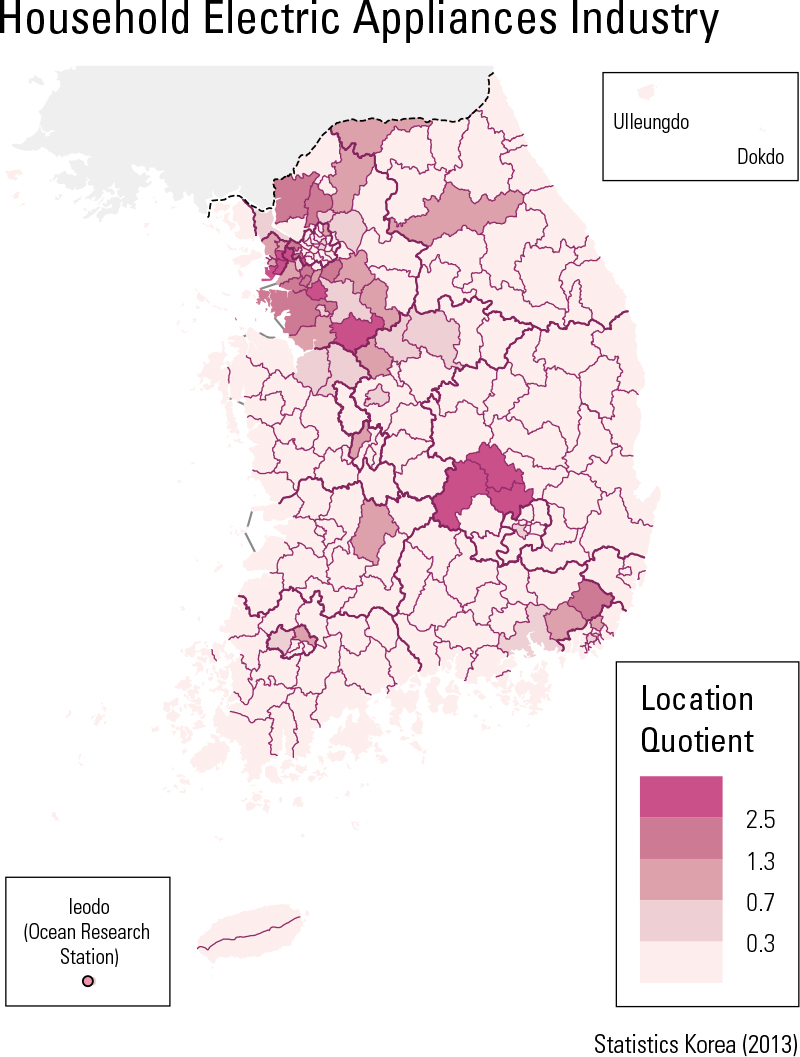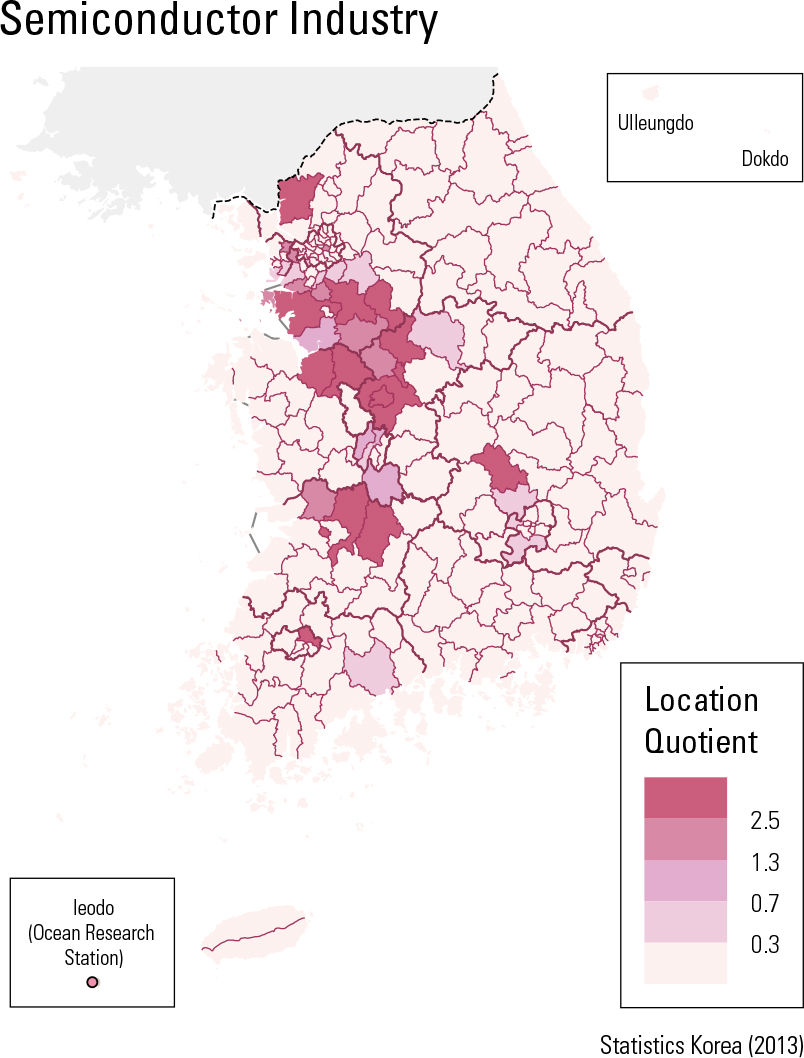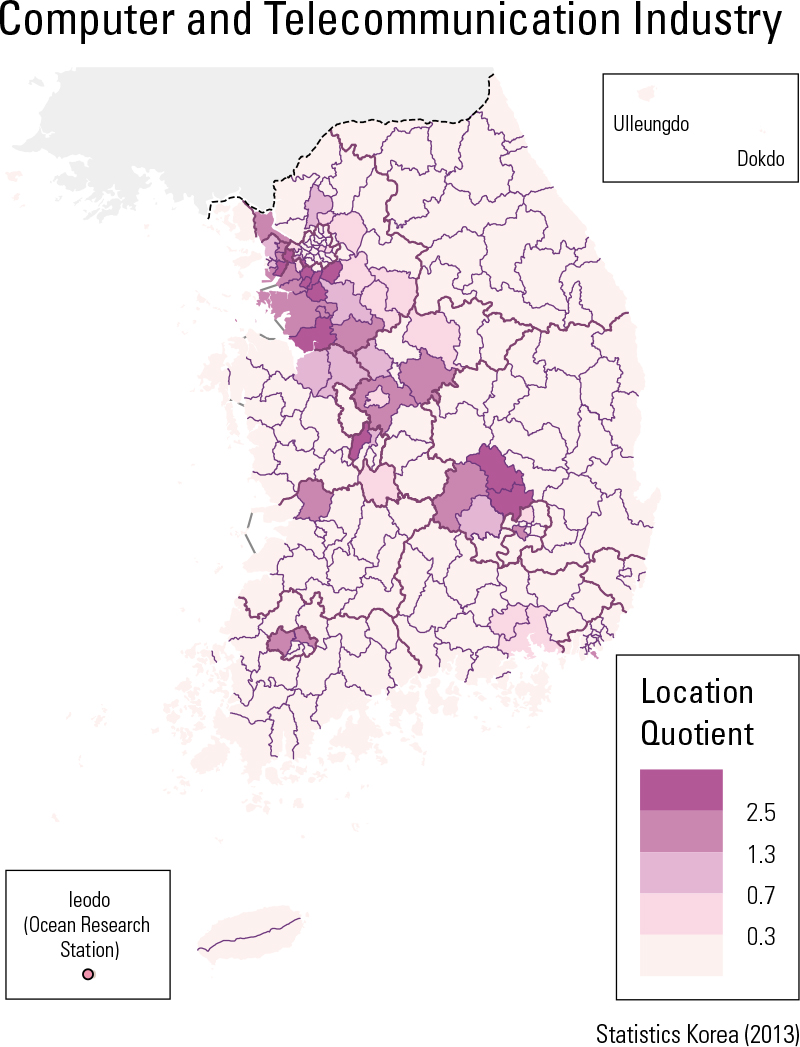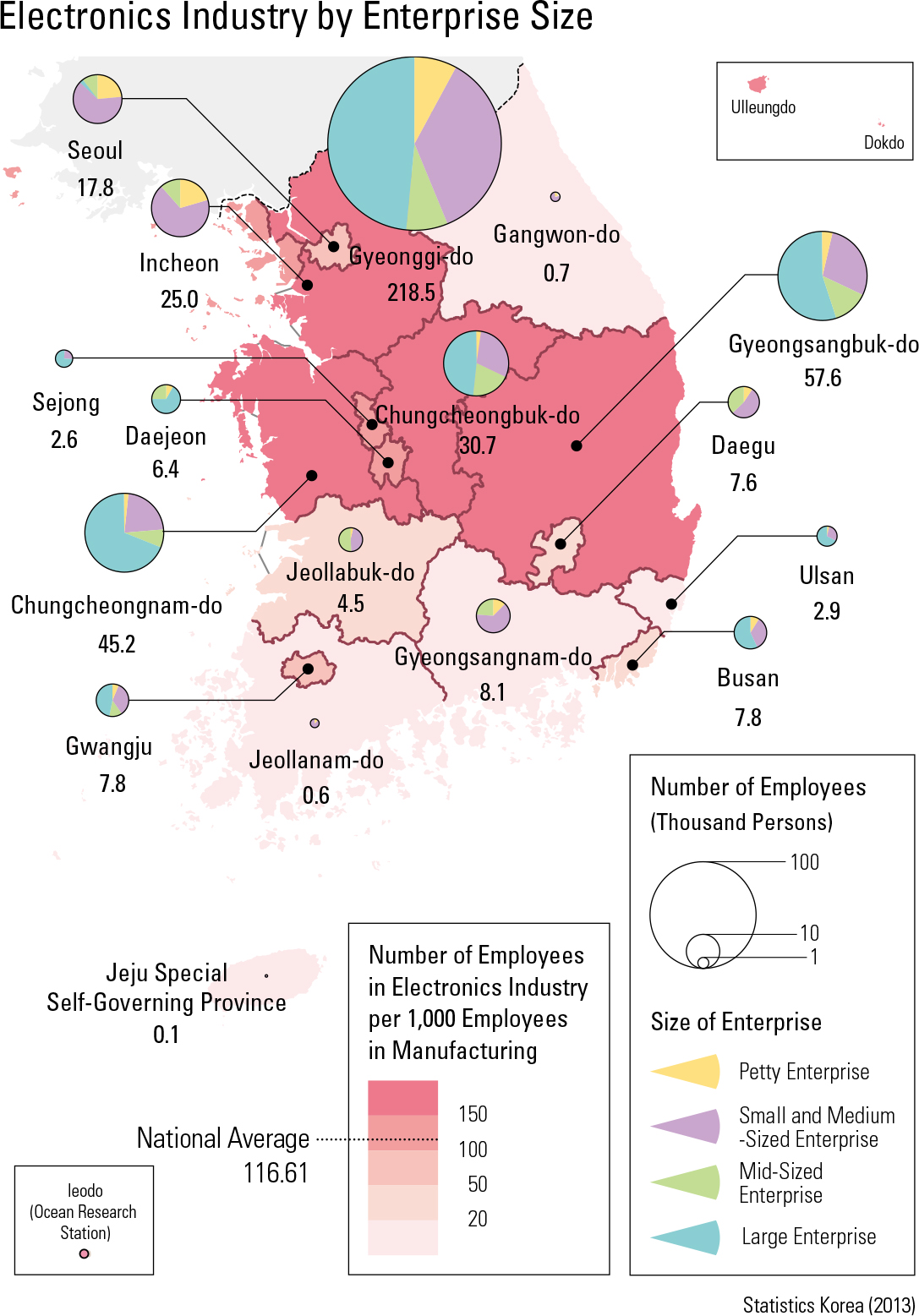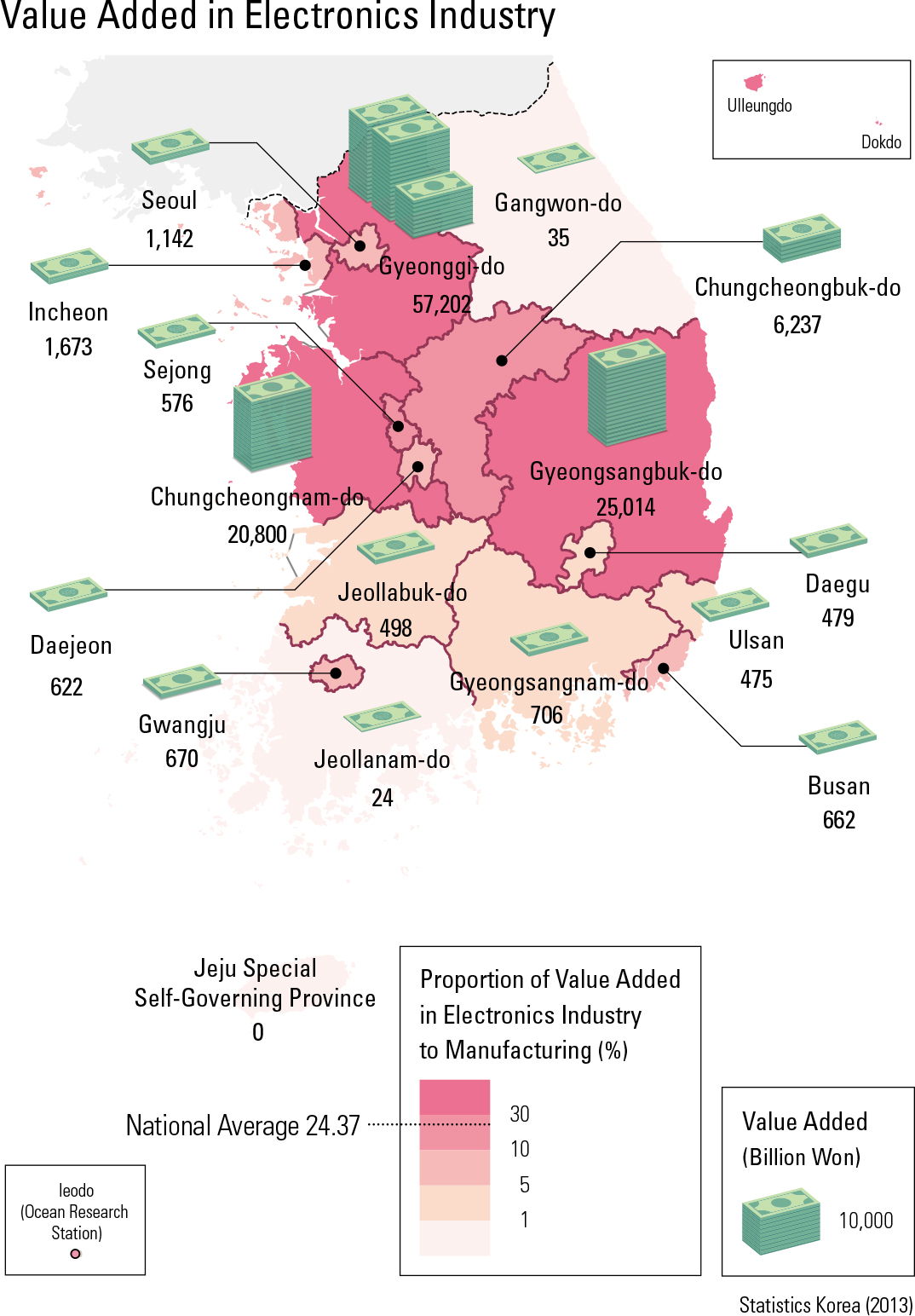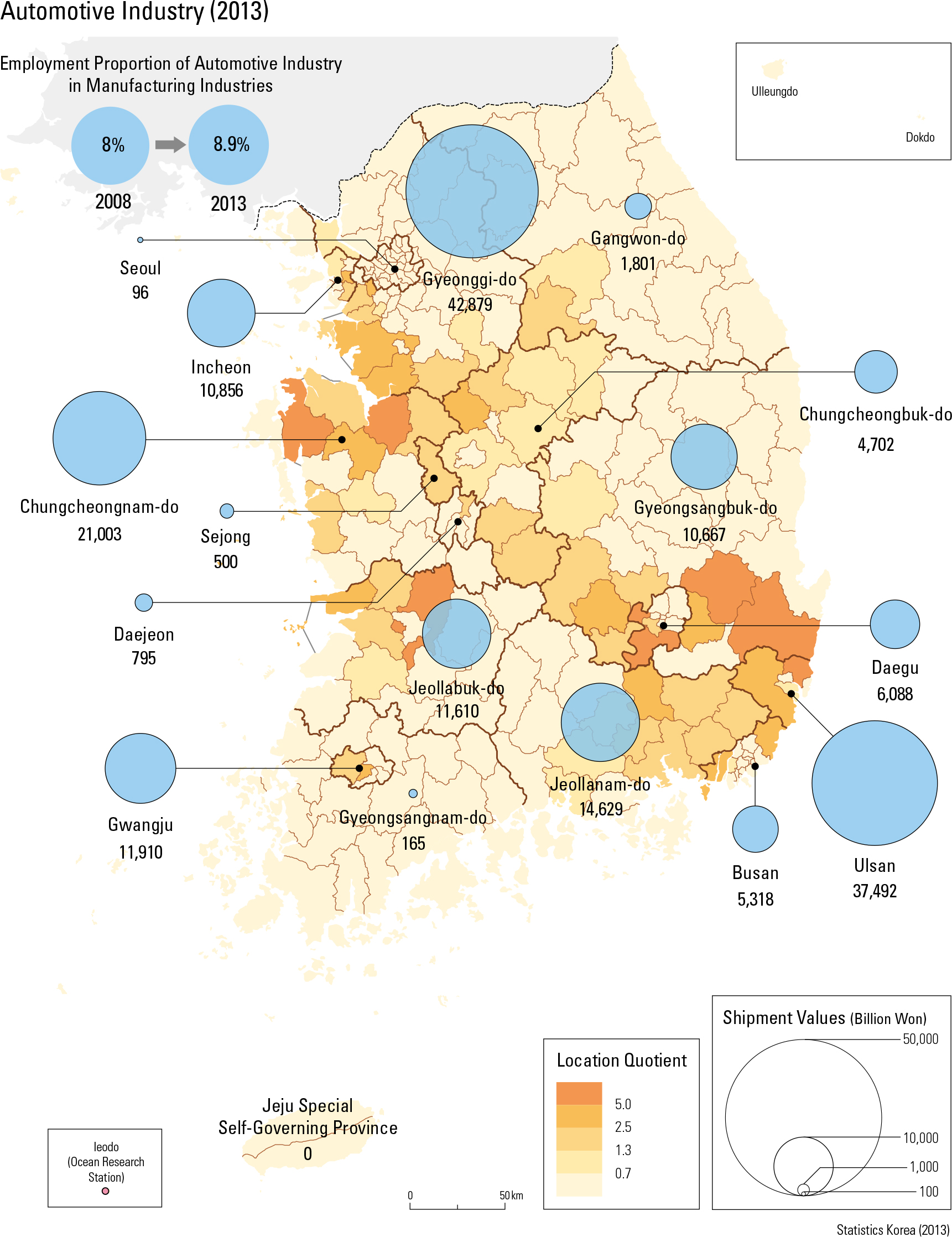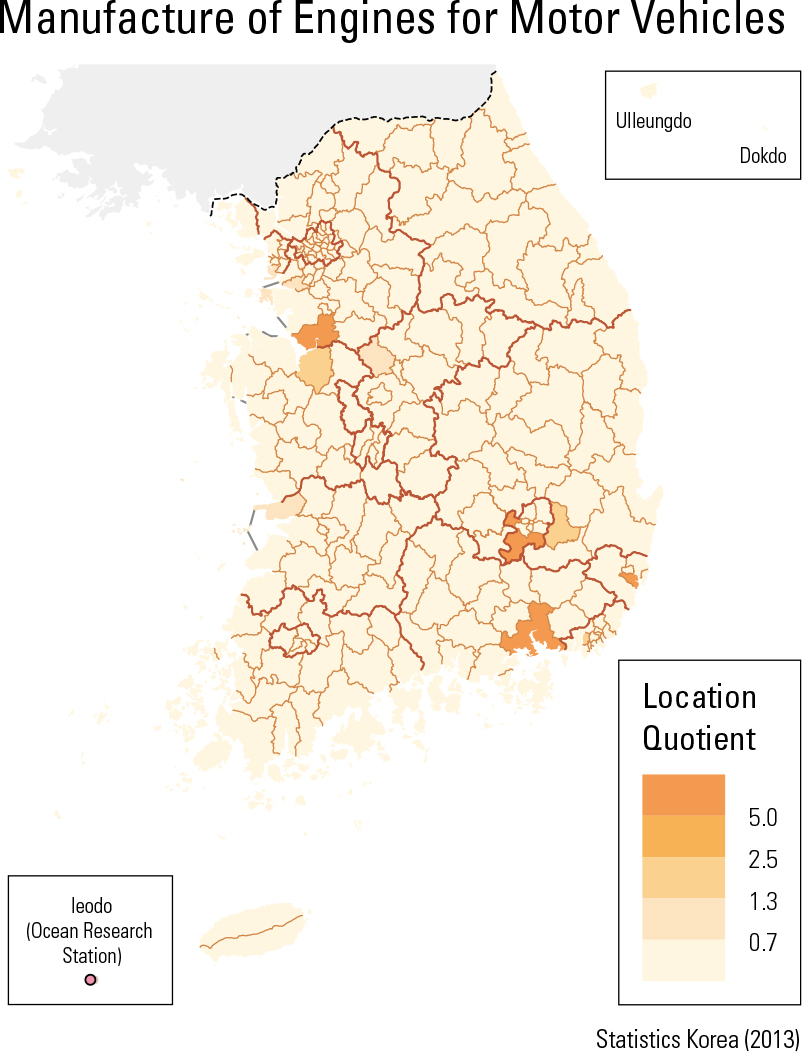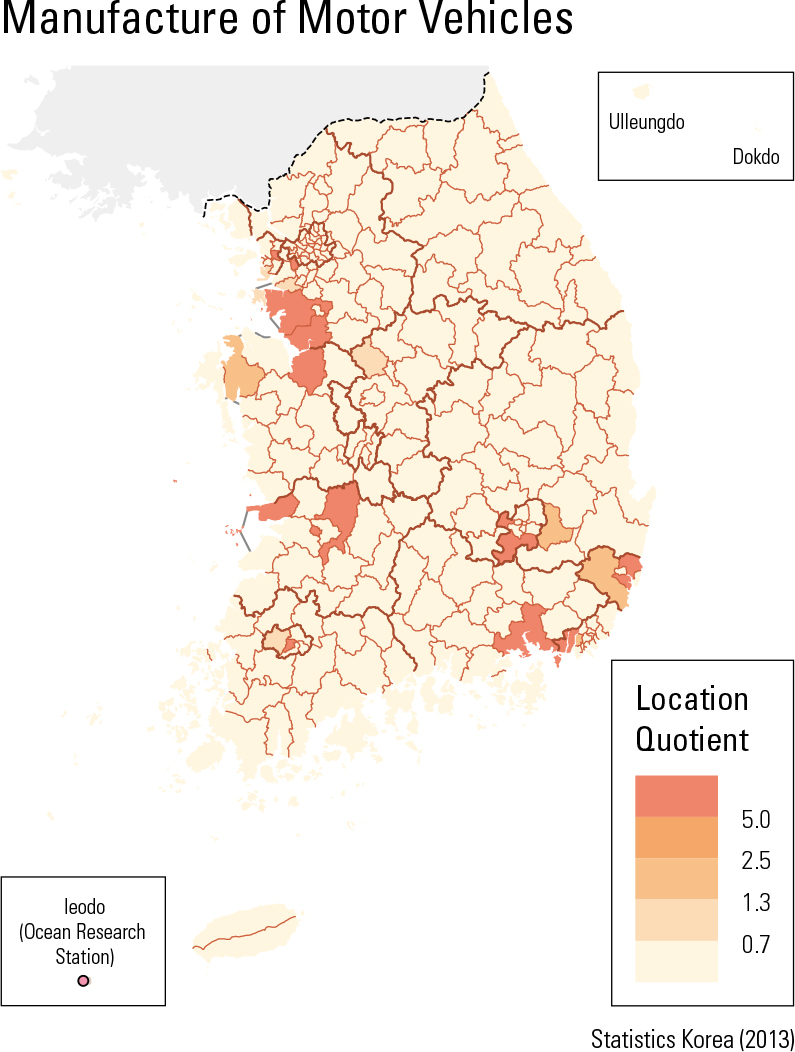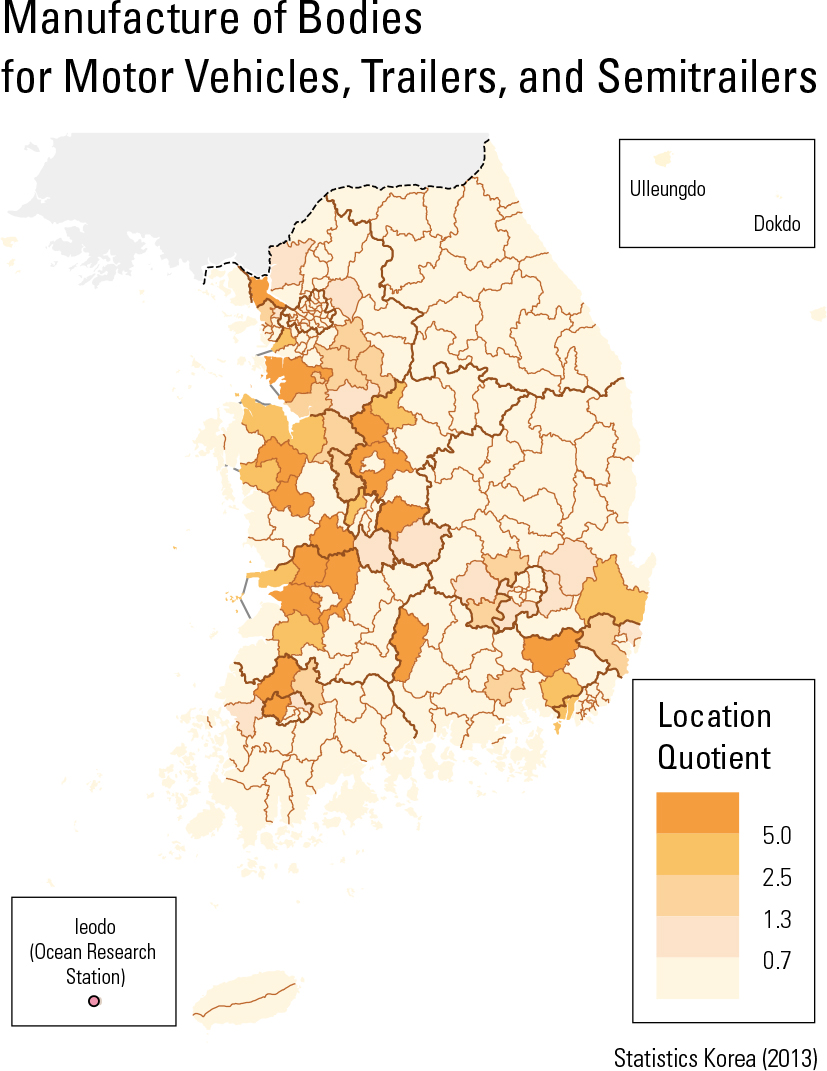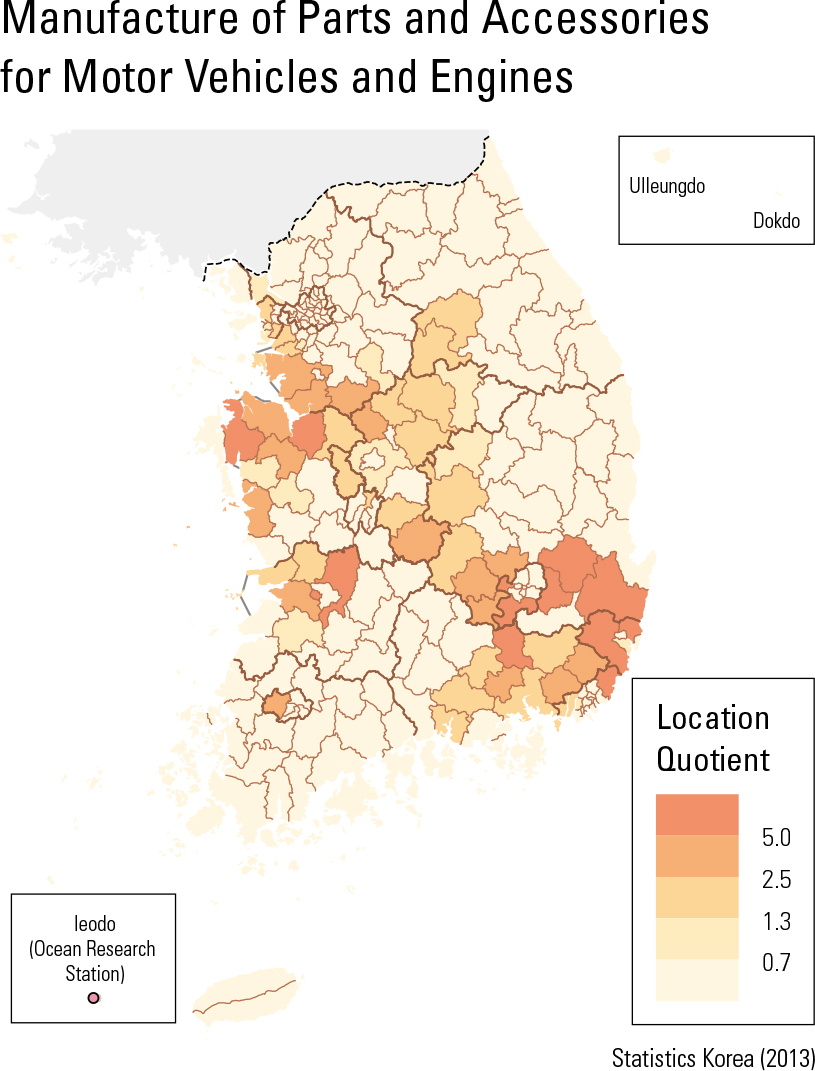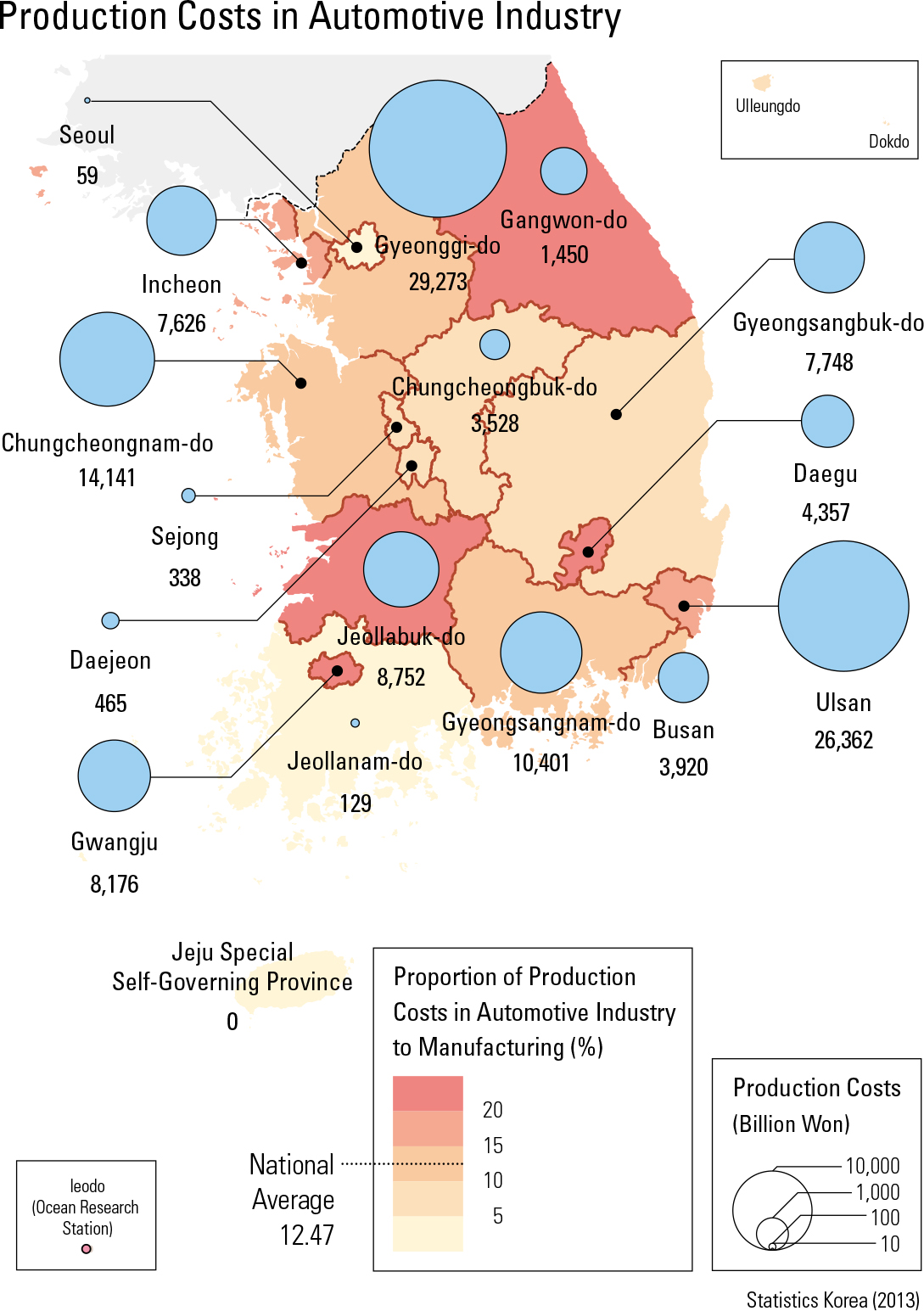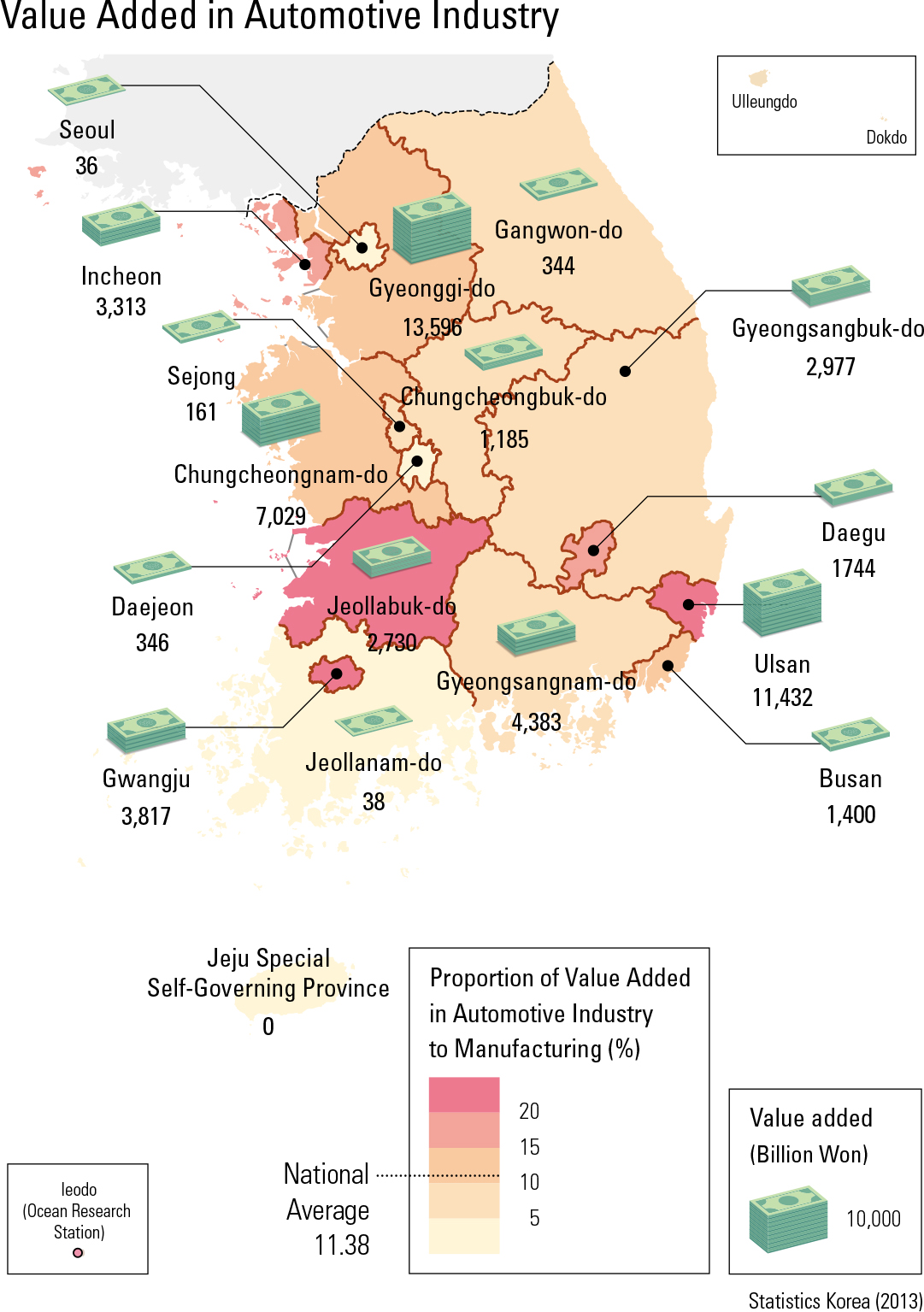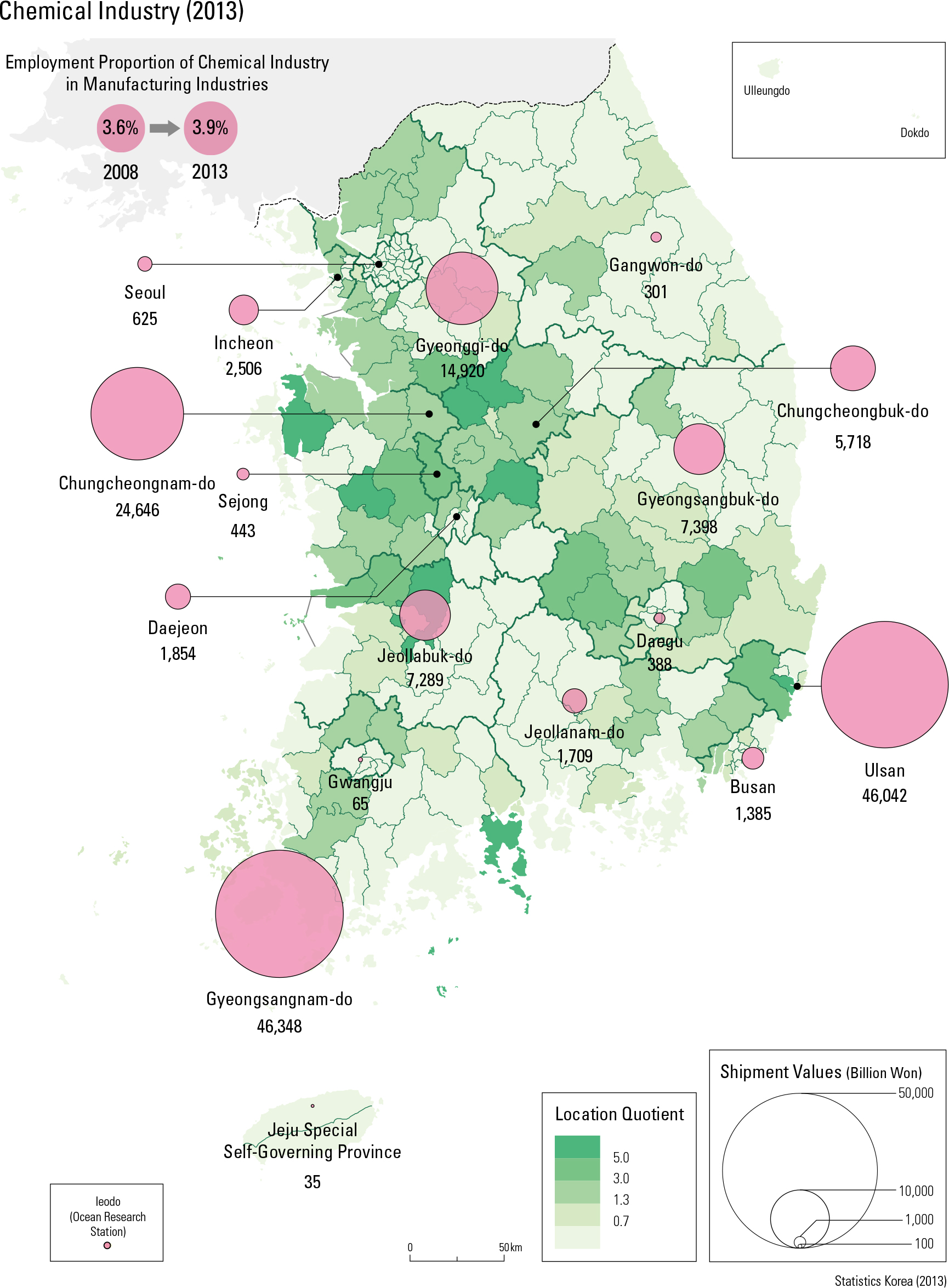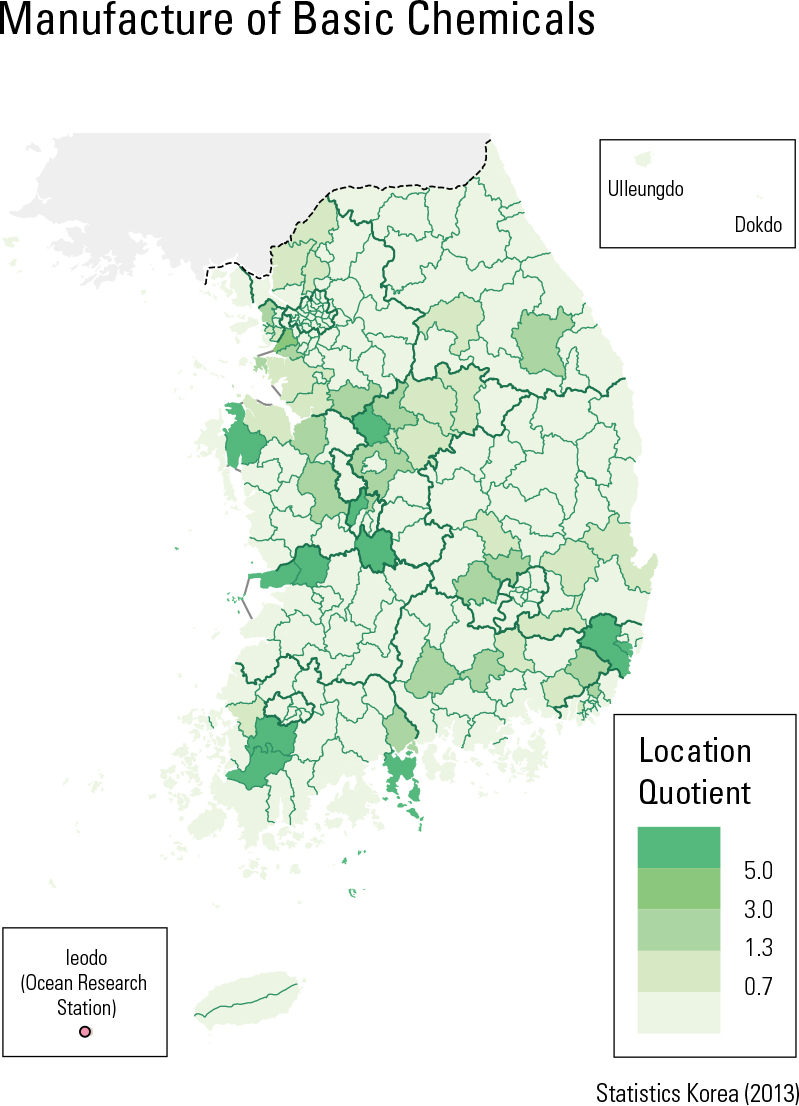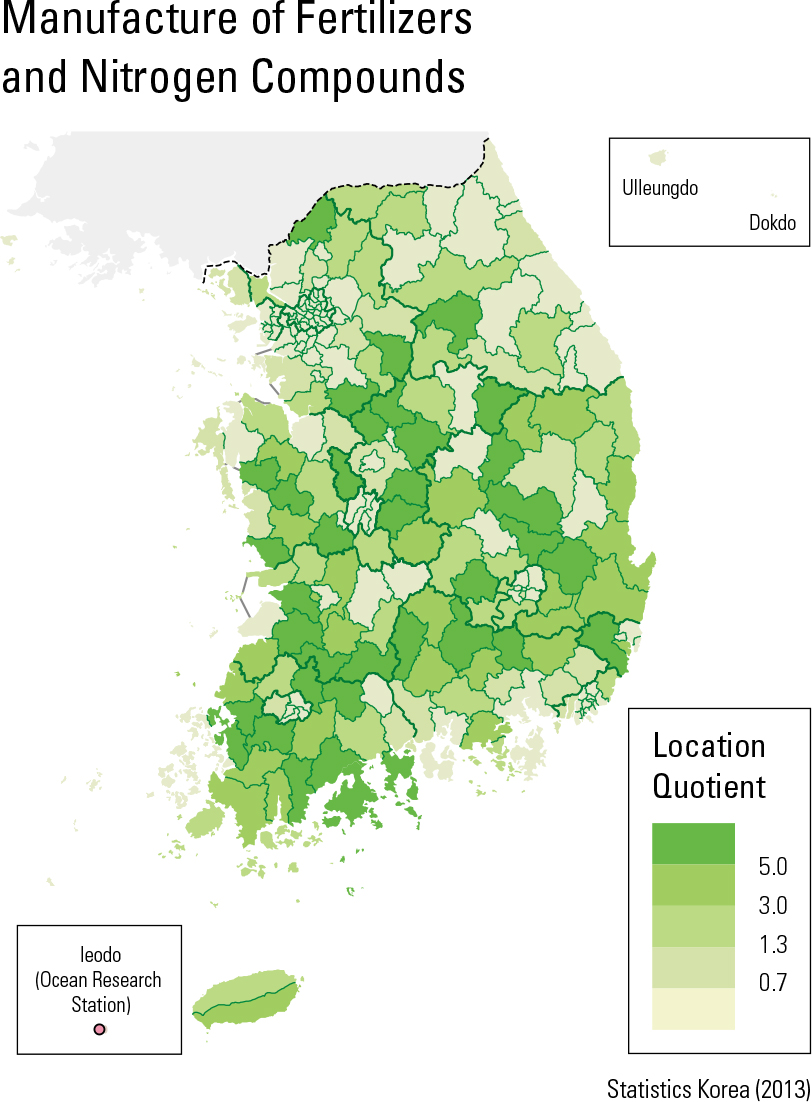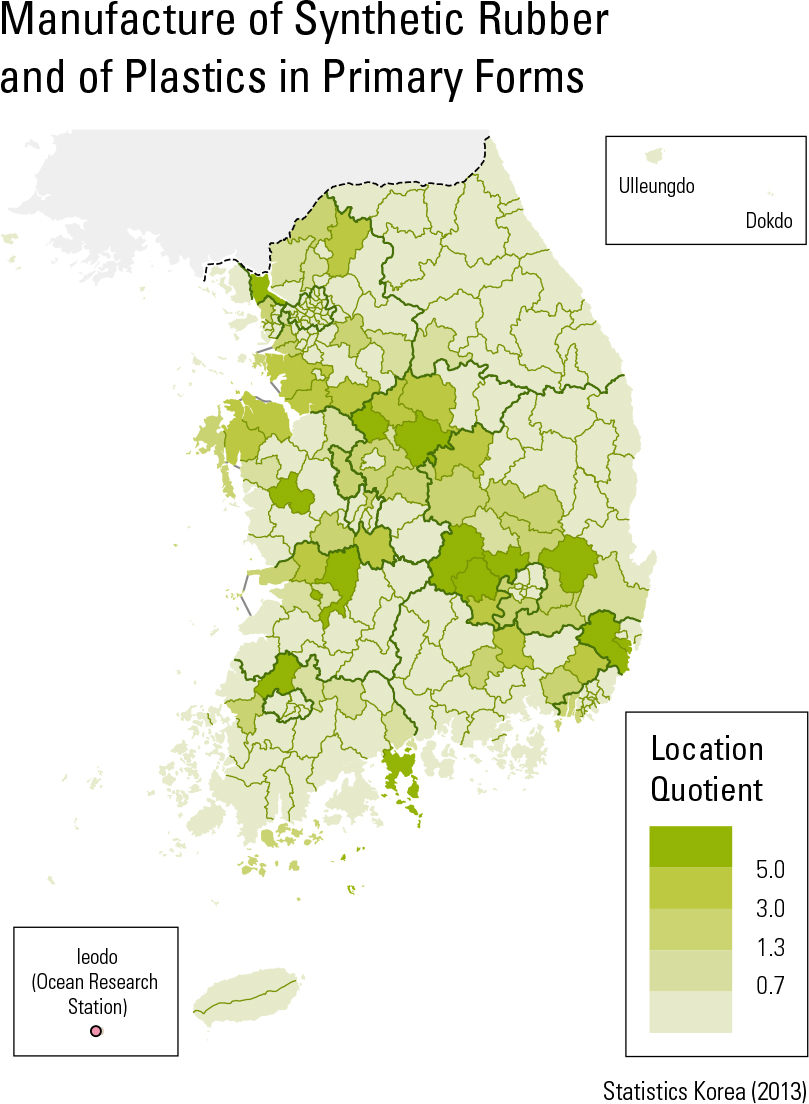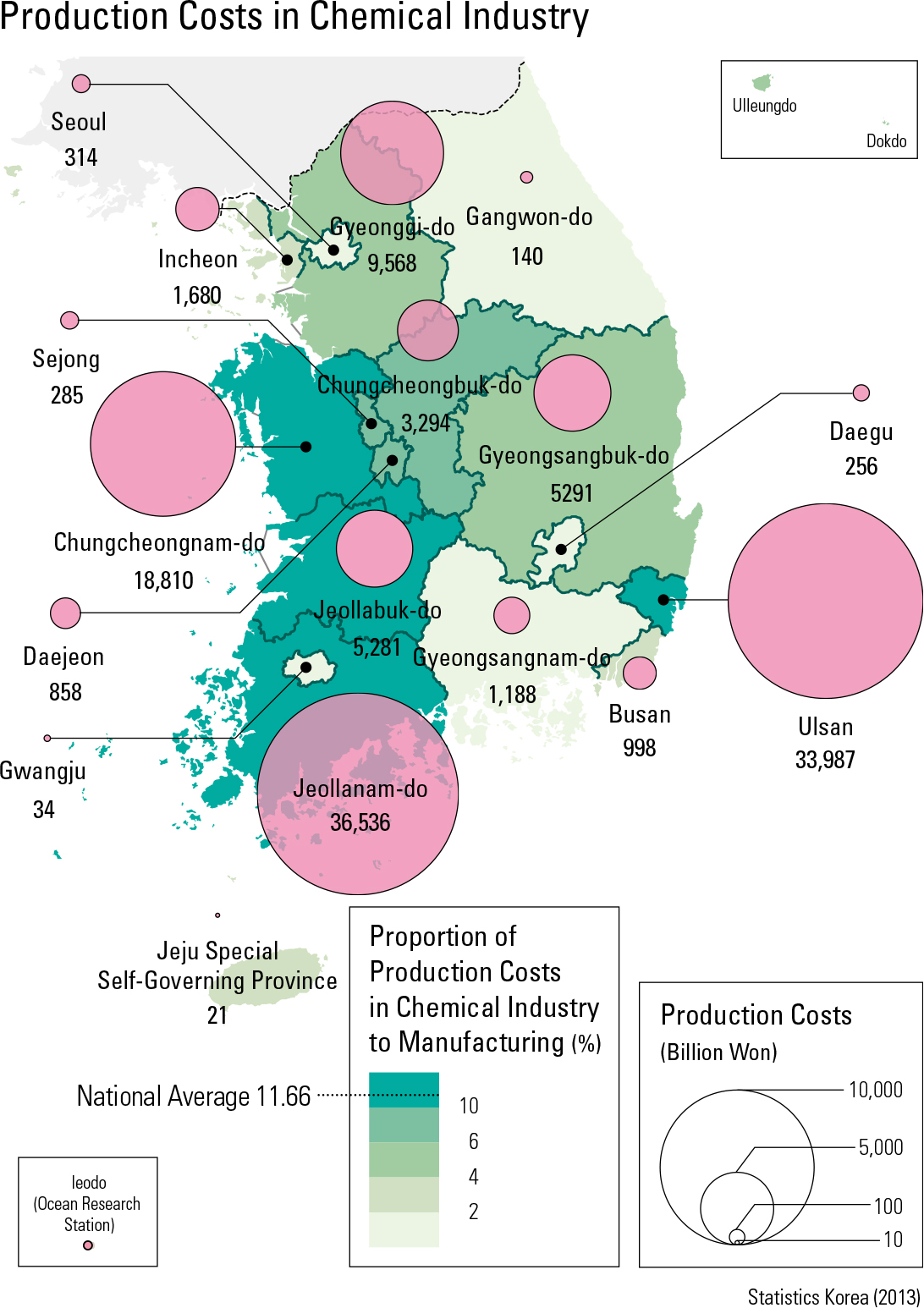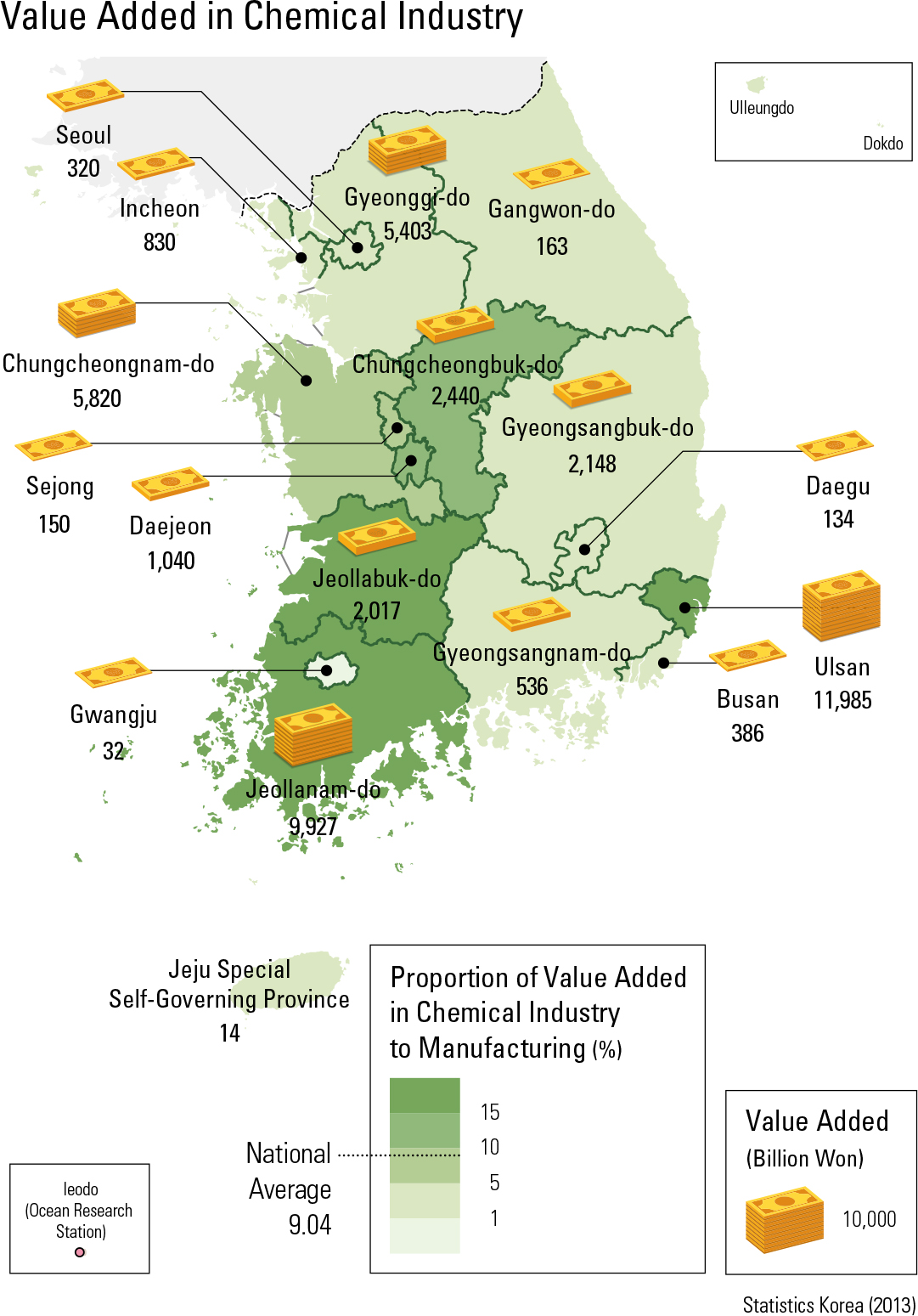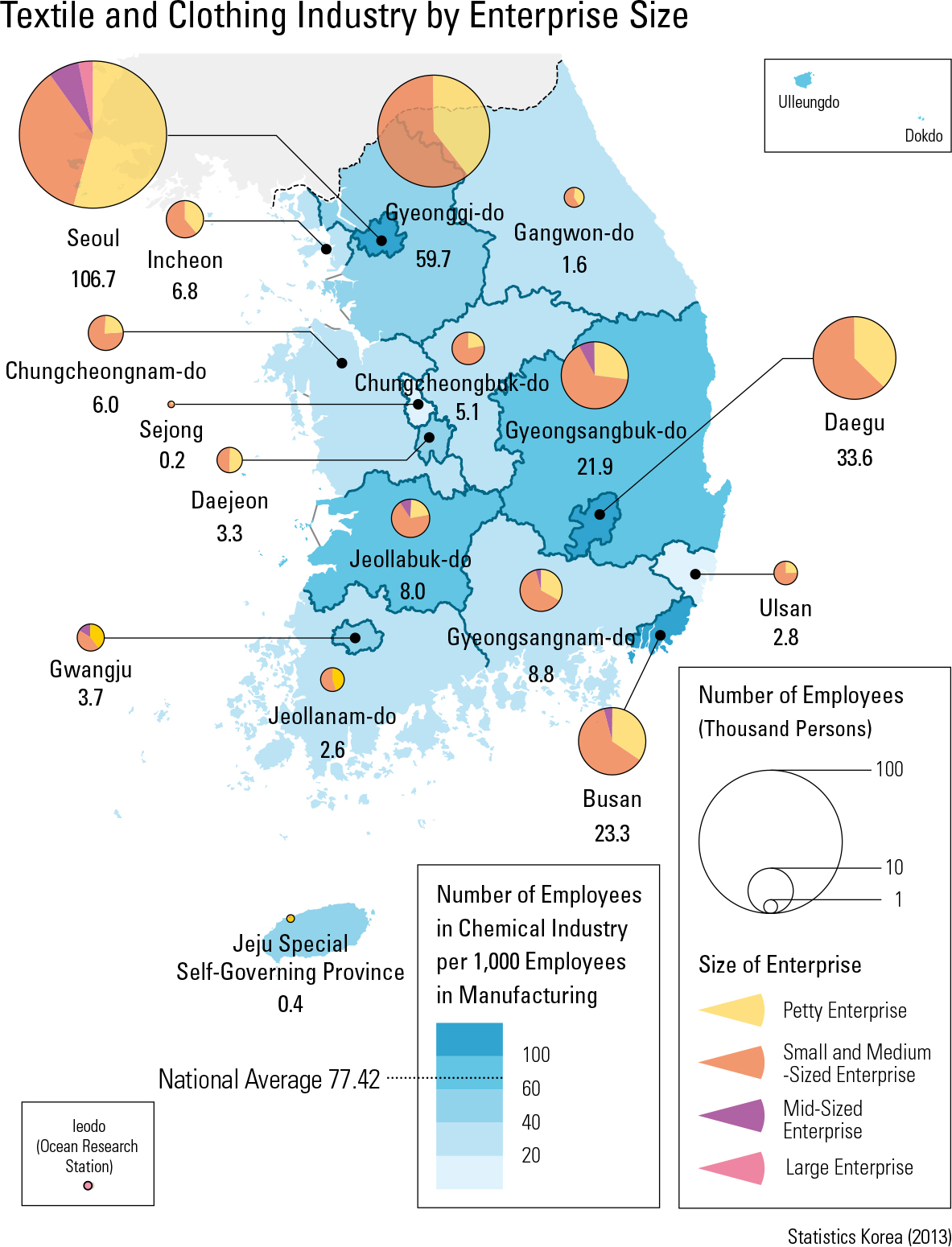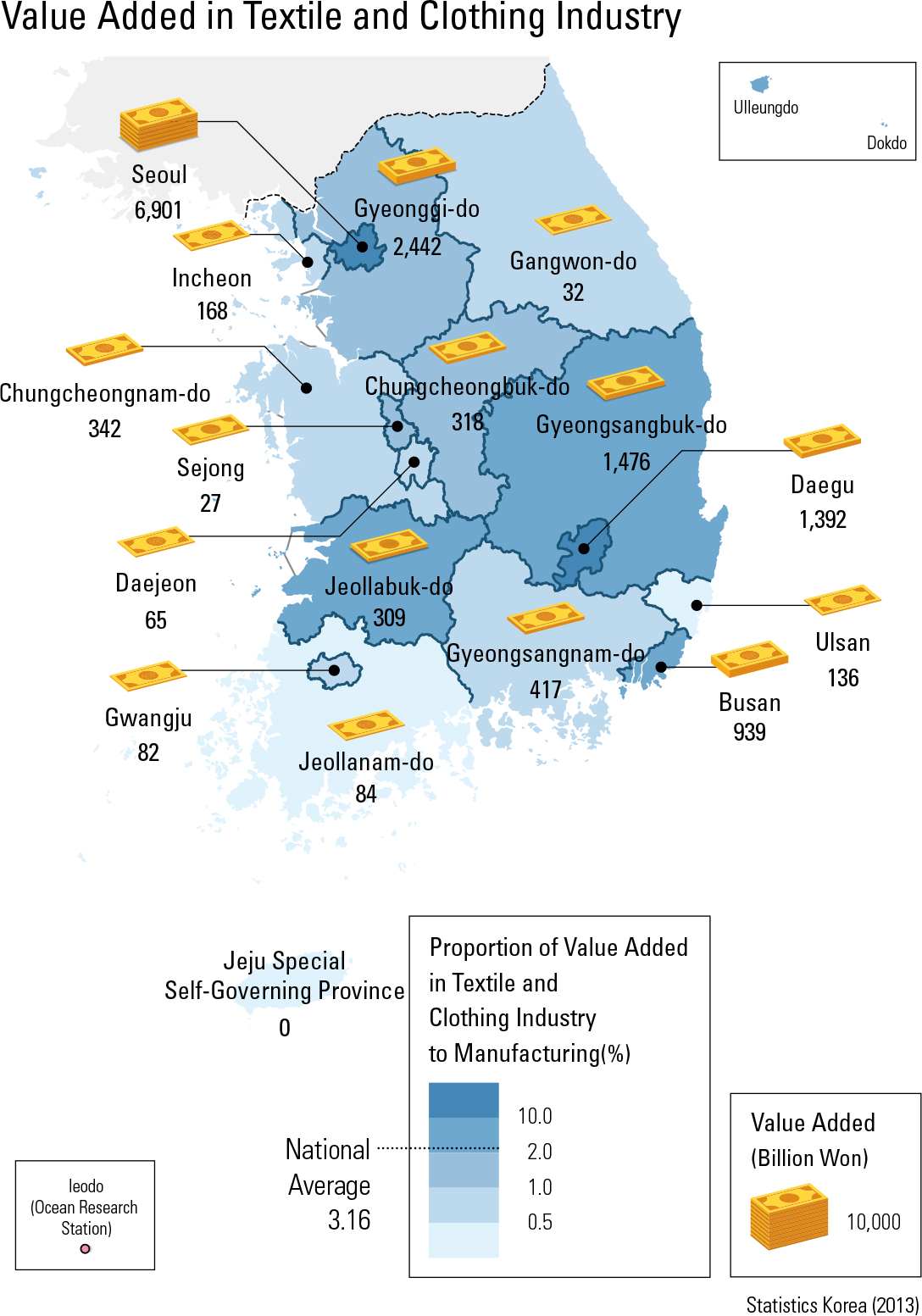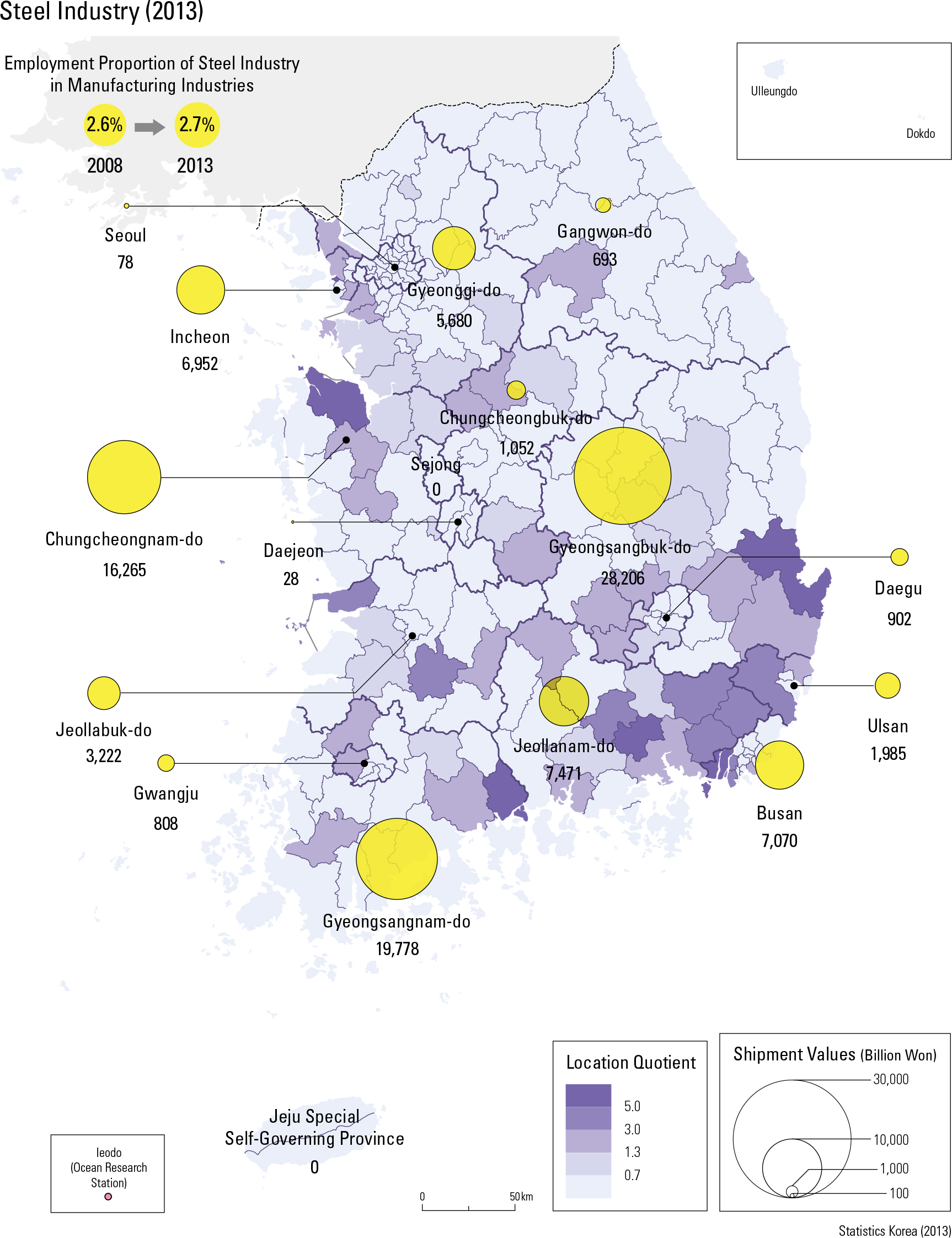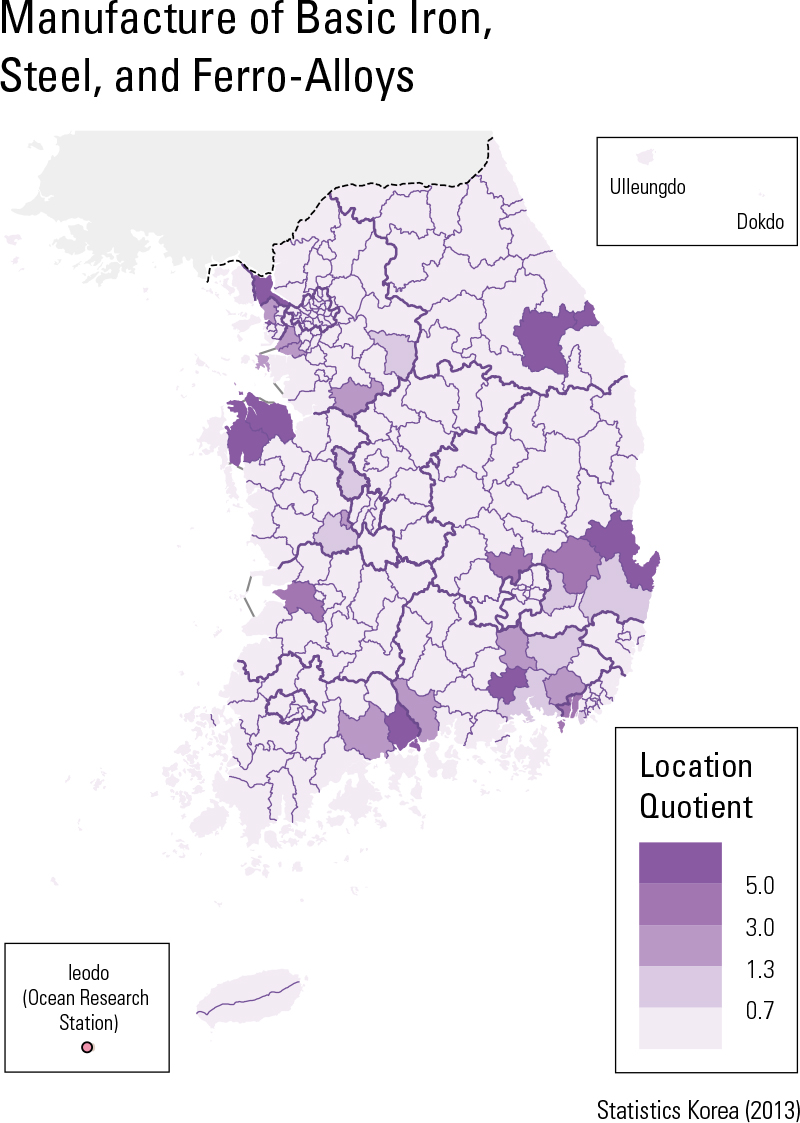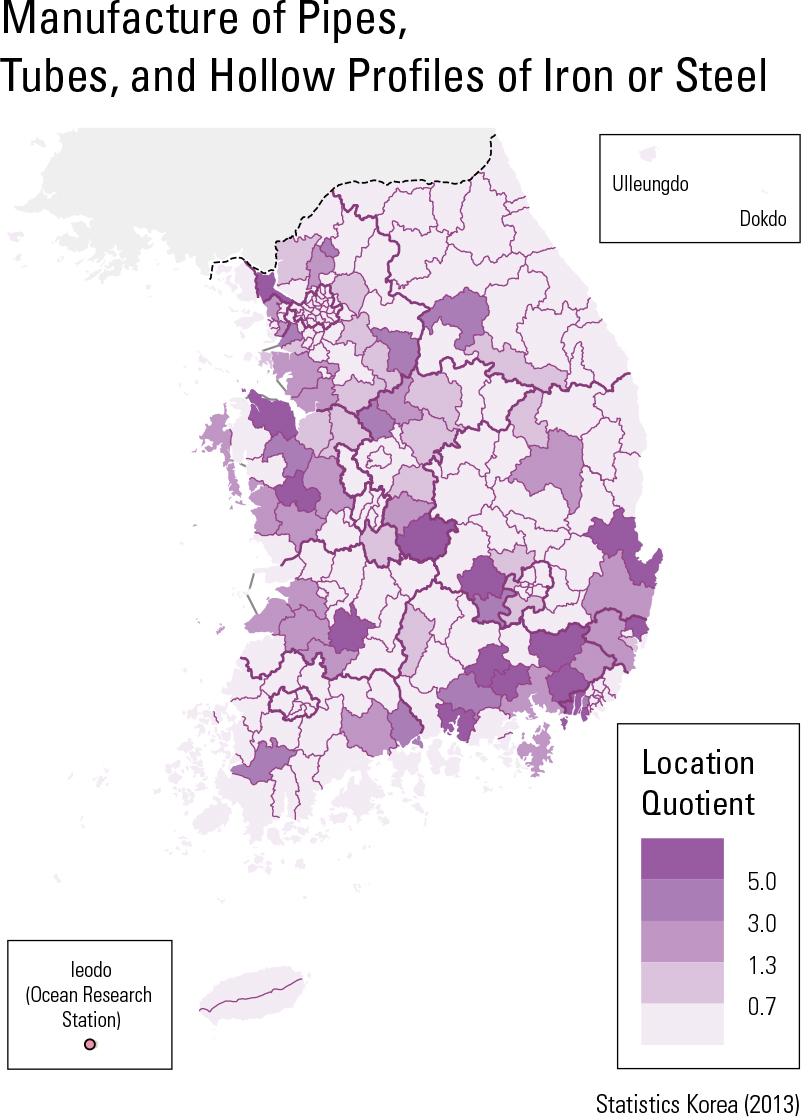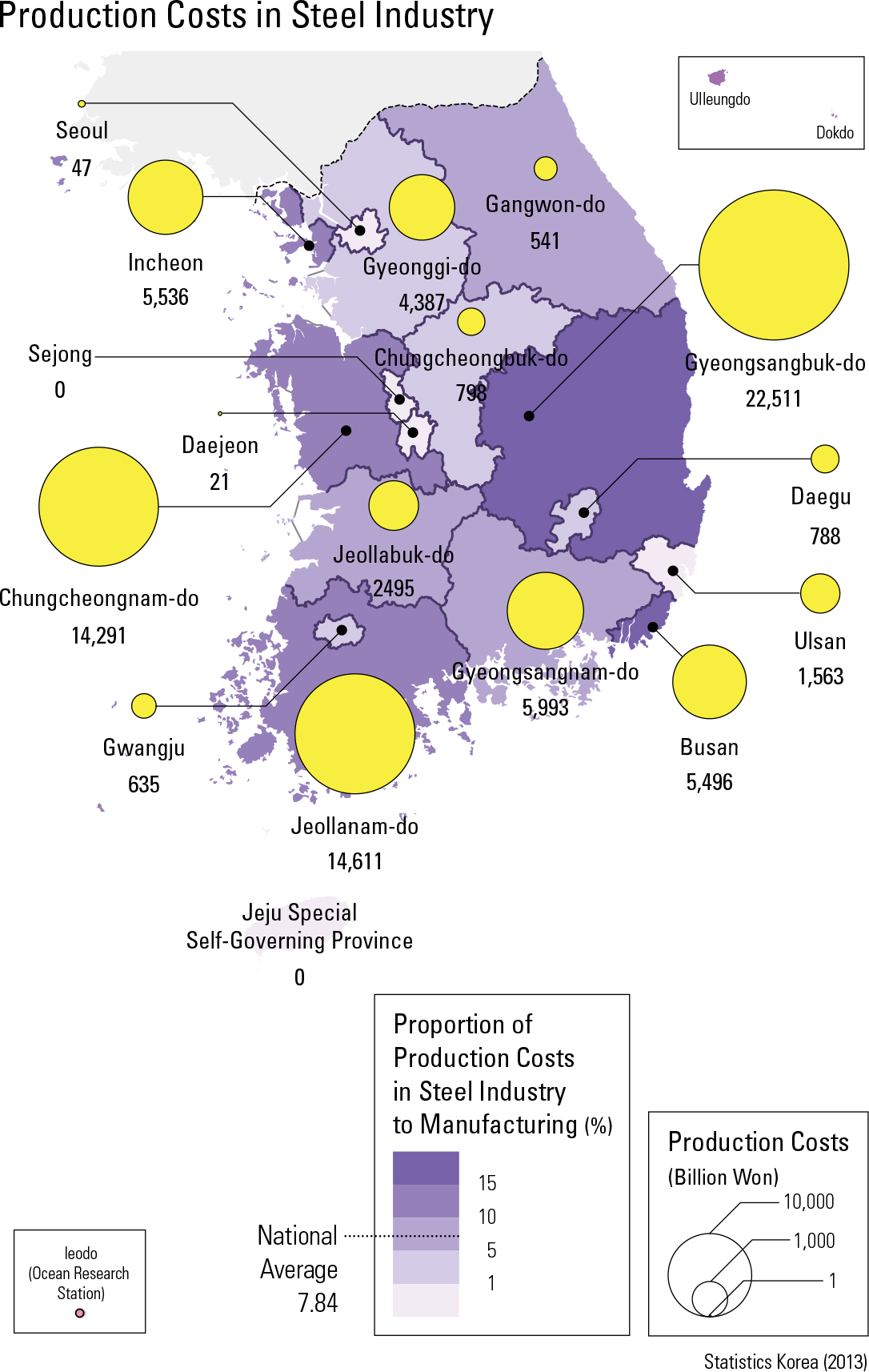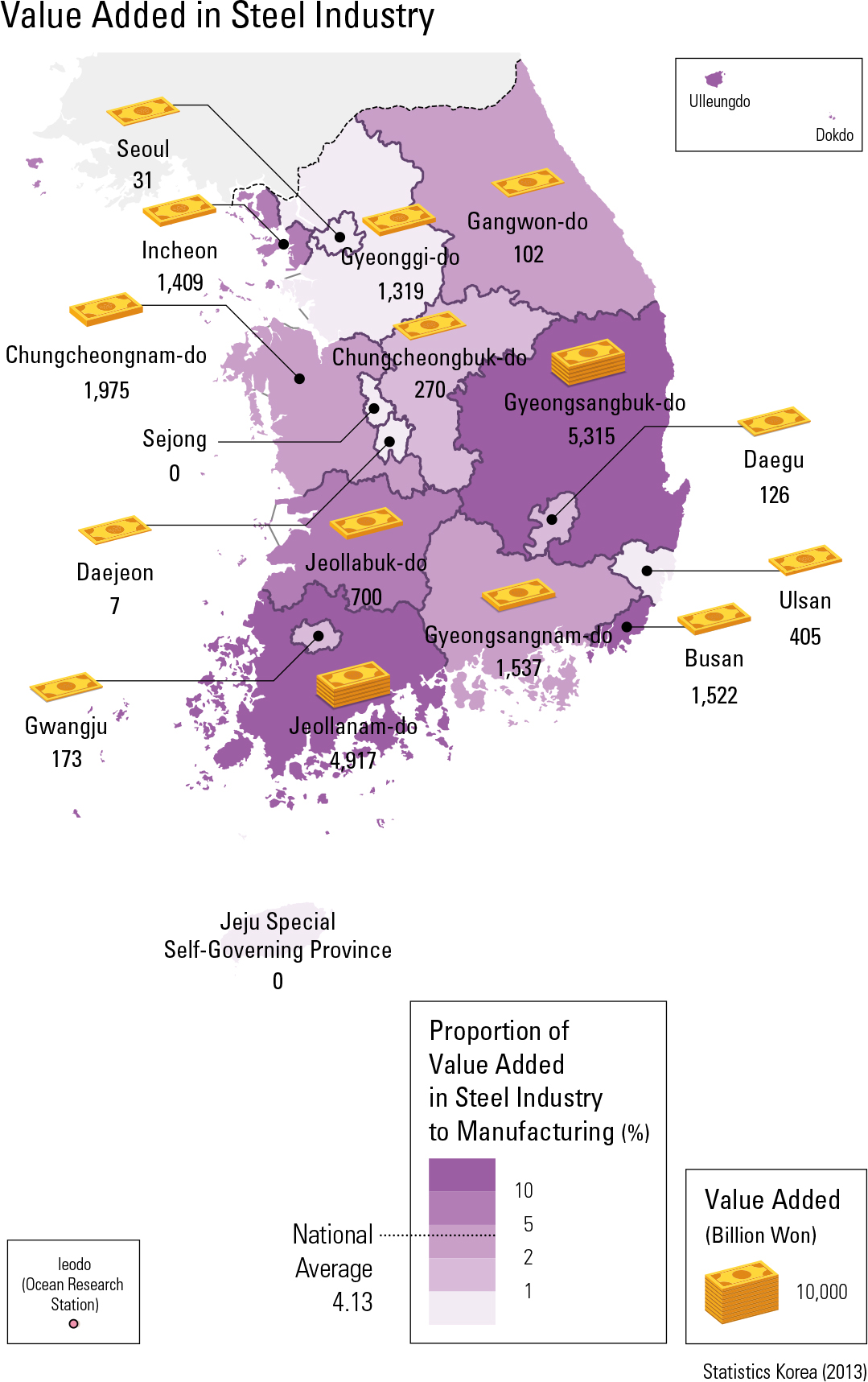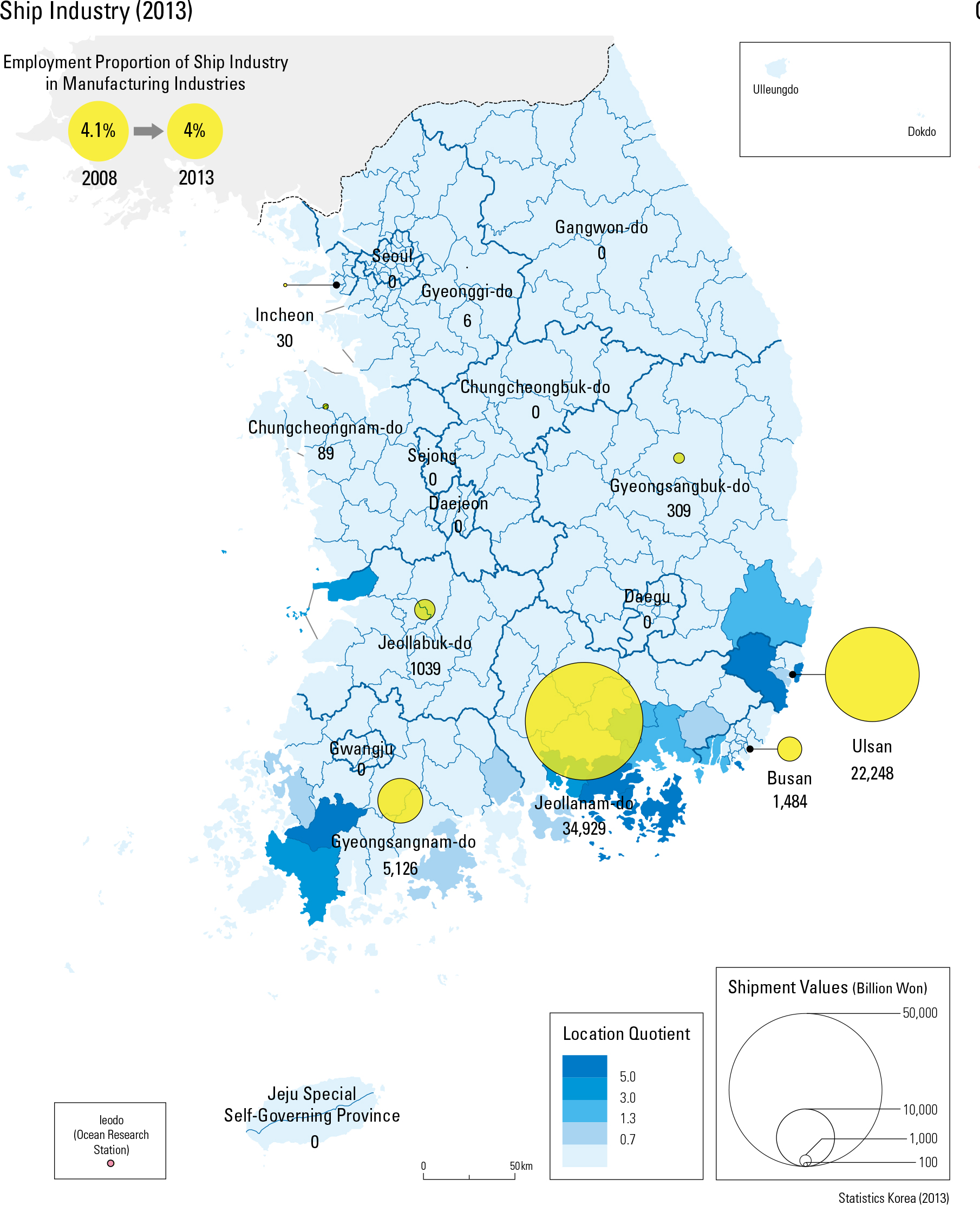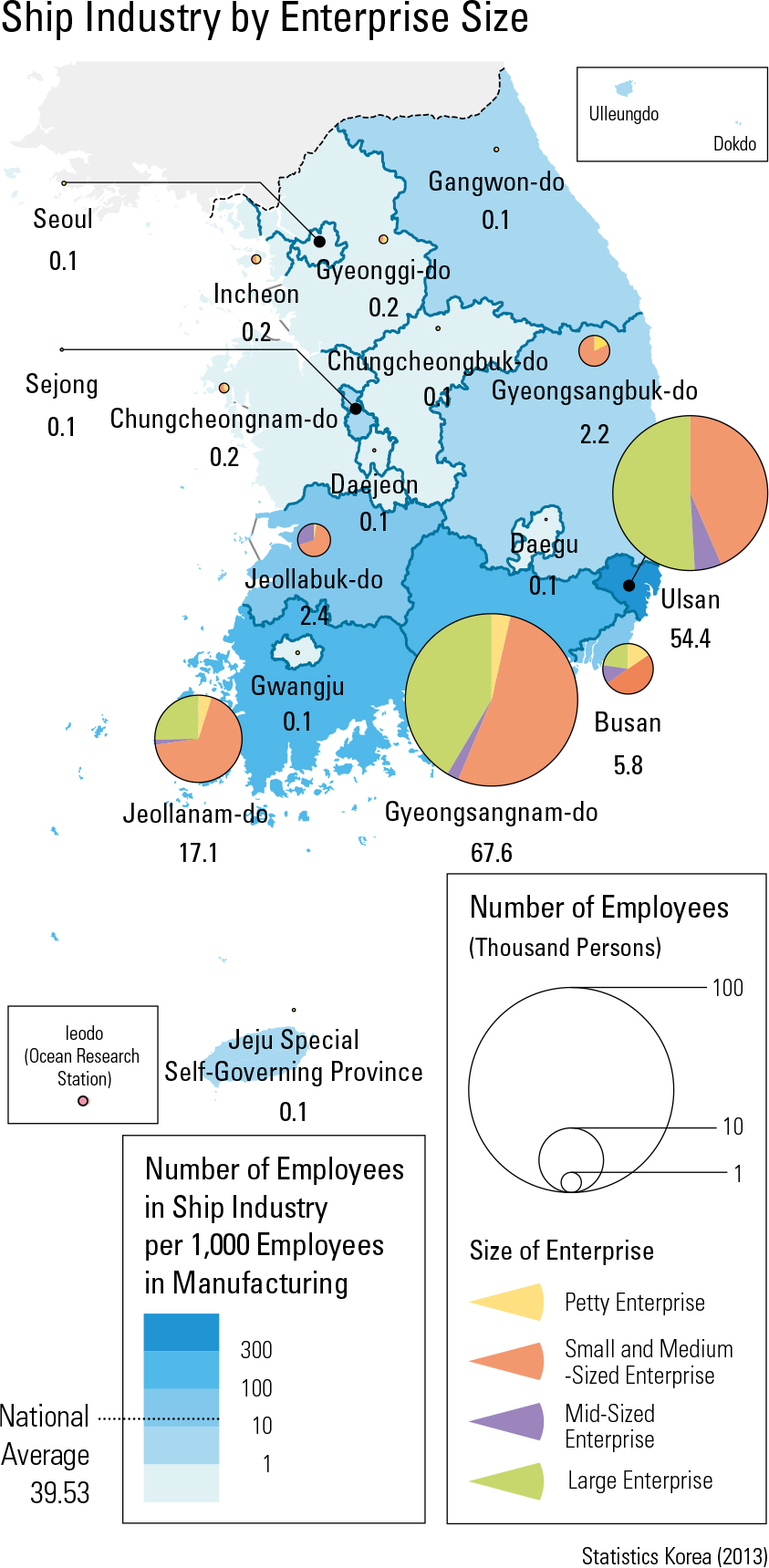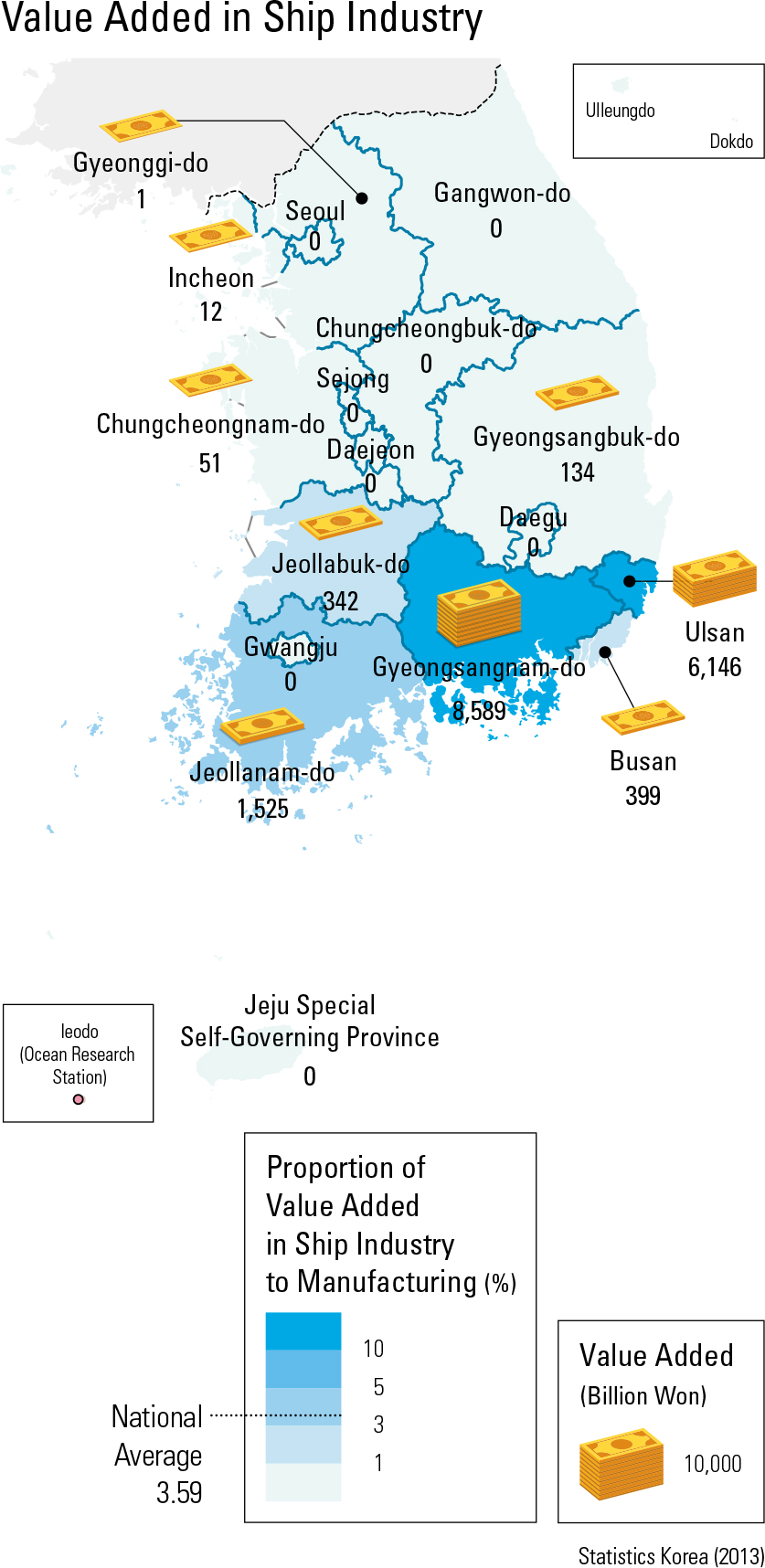English III
Current Korean major industries are the industries that have traditionally been the basic foundation of national economic development. Value-added manufacturing has great influence on production, export, and employment; it also provides great for- ward and backward linkages with other industries. Industrial growth will contribute greatly to national economic development and will be essential to the development of other economic sectors. In the 1980s, the electrical and electronics indus- tries, which centered on household electrical appli- ances as well as industrial products, were the driv- ing force of the Korean economy. Major sectors were the household electronic appliance industry, semiconductor industry, computer and telecommu- nication industry, and electronic components in- dustry. Location quotients for electronic industries indicated that the regional concentrations were clearly in Gyeonggi-do, Chungcheongnam-do, and Gyeongsangbuk-do. Value-added production costs, and rm sizes in Gyeonggi-do, in particular, were highest in the country. The distribution of special- ized items or industries also appears to be different for each sub-section. The household appliances industry is regionally concentrated (in descending order) in Suwon-si, and Gimcheon-si, Gumi-si, while the semiconductor industry has shown a high concentration (in descending order) in Icheon-si, and Yongin-si, Hwaseong-si. The electronic com- ponents industry is concentrated (in descending order) in Paju-si, Asan-si, and Gumi-si. The com- puter and communication equipment industry is concentrated (in descending order) in Gumi-si, Py- eongtaek-si, and Chilgok-gun. Thus Gyeonggi-do and Gyeongsangbuk-do have prominent regional concentrations.
page_2 |

